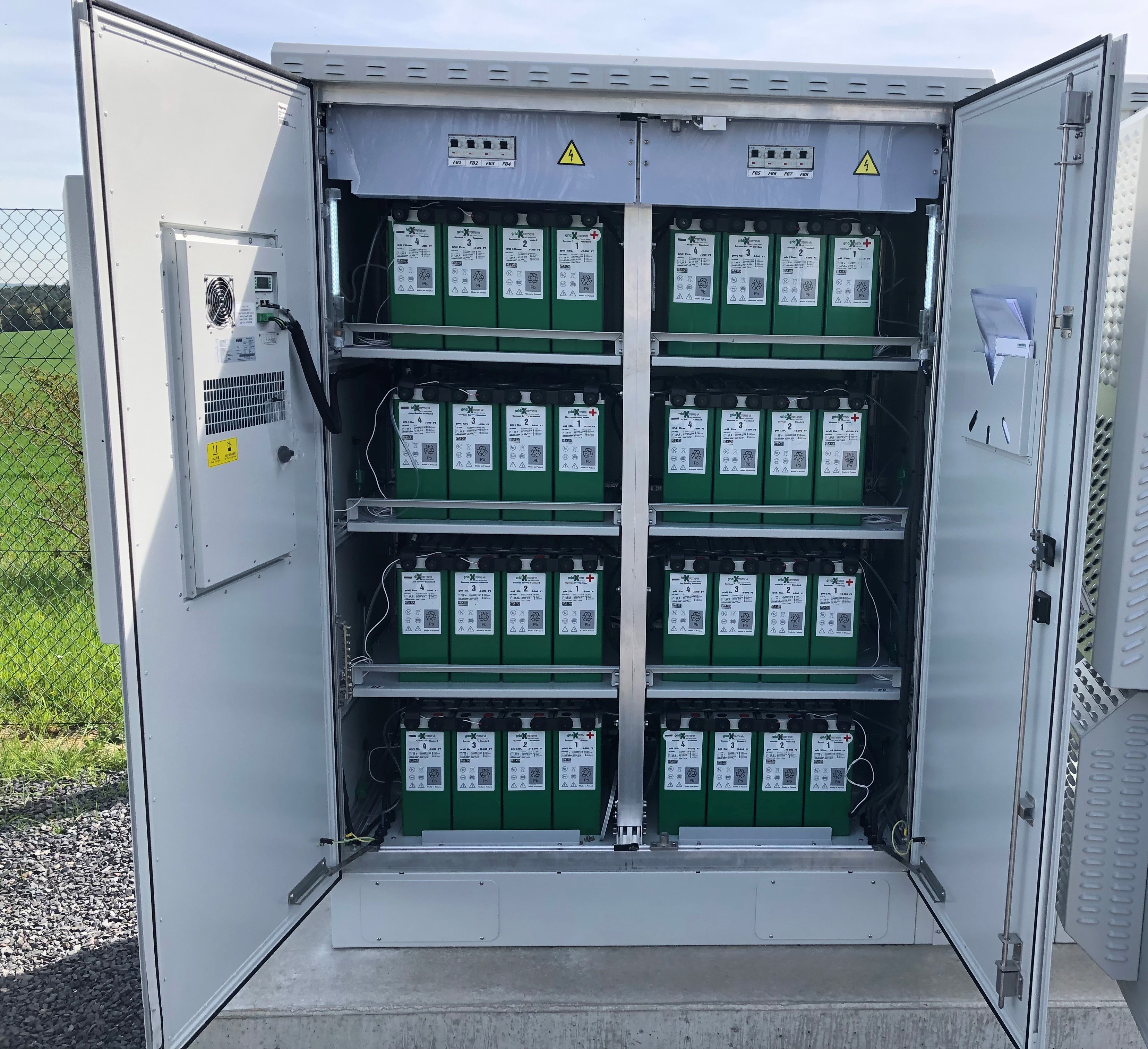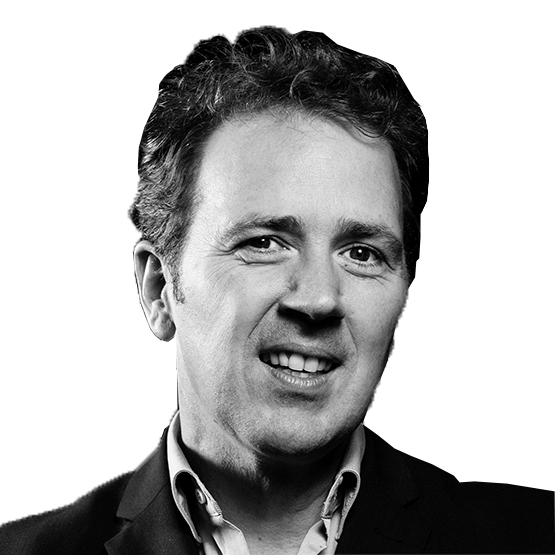1 | Challenge :
Power for the energy transition
The 450 MHz project, which is running in Germany, requires batteries for the emergency power supply on the individual radio towers for a new radio network. Basis of the project: the digitalised energy transition.
It is the end of the year, the electricity bill arrives. You are shocked to discover that you have often charged your electrical vehicle at times of day when electricity was particularly expensive. Such situations will soon be a thing of the past.
The law on the digitalisation of the energy transition provides for German households to be equipped with so-called smart meters across the board by 2032. These digital electricity meters can simply forward your consumption data to your grid operator and give you an overview of your electricity use yourself.
This is made possible by a frequency of 450 MHz, which is exclusively available to energy providers. In this way, communication within the power supply infrastructure can be maintained even in the event of a failure of conventional communication networks.
Smart homes in particular can benefit from the project: electric cars, for example, can then be deliberately charged with the cheaper night-time electricity or on a stormy day using wind energy. With the conscious switching on and off from devices, power consumption can thus be reduced.
In order to maintain the power supply of the 450 MHz radio network, the individual radio towers newly built for this purpose must be equipped with USV battery systems. They provide emergency power supply in the event of line faults.
2 | Solution :
Stable radio network through climate-neutral and reliable energy storages

A DC solution was implemented with the grid | Xtreme VR pure lead batteries based on 48 V power supply systems from Eaton.
The radio towers and boxes that form a network across Germany are sometimes located in very difficult-to-access places - if a battery fails, it can take some time for a technician to arrive. Thanks to the clean batteries, such a visit is less often necessary, as lead is much more reliable than lithium when it comes to trouble-free operation.
In the summer, it gets very warm in the power houses, but the air-conditioning system should be as small and compact as possible. This is where the special advantages of the grid | Xtreme VR pure series come into play. Thanks to its temperature resistance of up to 55 °C due to the new HPPL technology (High Performance Pure Lead), it is optimally suited for use in warmer environments. Conventional batteries have a maximum temperature of only 45°C.
The thin-plate technology used in the batteries results in space savings, which is beneficial for use in the small houses, as more power can be accessed on less surface area. The technology also generates a generally higher power density with low internal resistance due to more surface area - the latter also extends the battery's service life.
The use of the grid | Xtreme VR pure series in the power houses makes it possible to reliably maintain the power supply even in the event of a line fault - the energy industry is thus safeguarded in a sustainable way. For the 450 MHz project, HOPPECKE has so far supplied 700 battery blocks; the planned volume is 2,500 blocks in total. With the help of its partner and energy management company Eaton, the blocks are being supplied to the relevant network operators throughout Germany.
3 | Products:

"Our customers and we are very pleased to have found in the grid | Xtreme VR a battery that meets the high demands of critical infrastructure and responds reliably."
Thorsten Lange, Key Account Manager Eaton